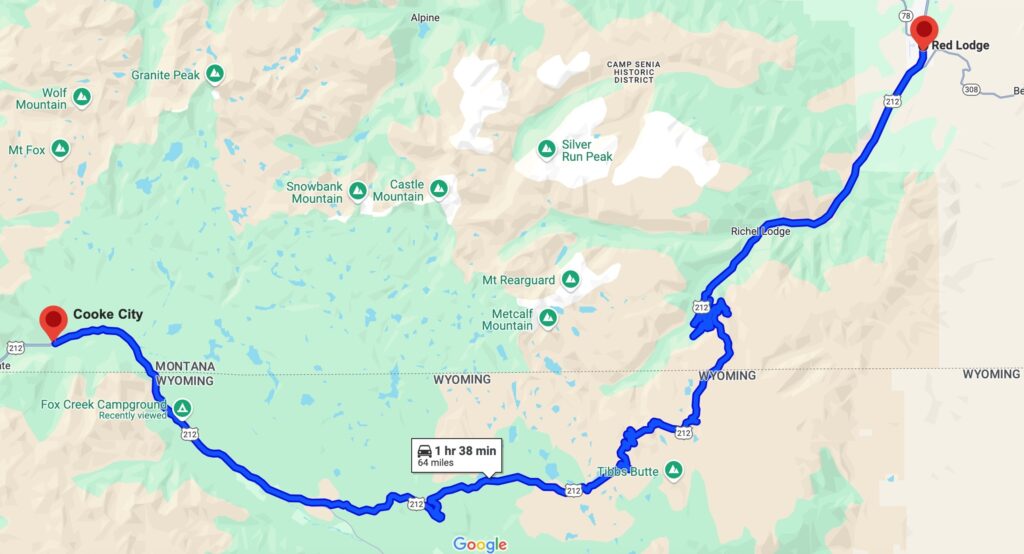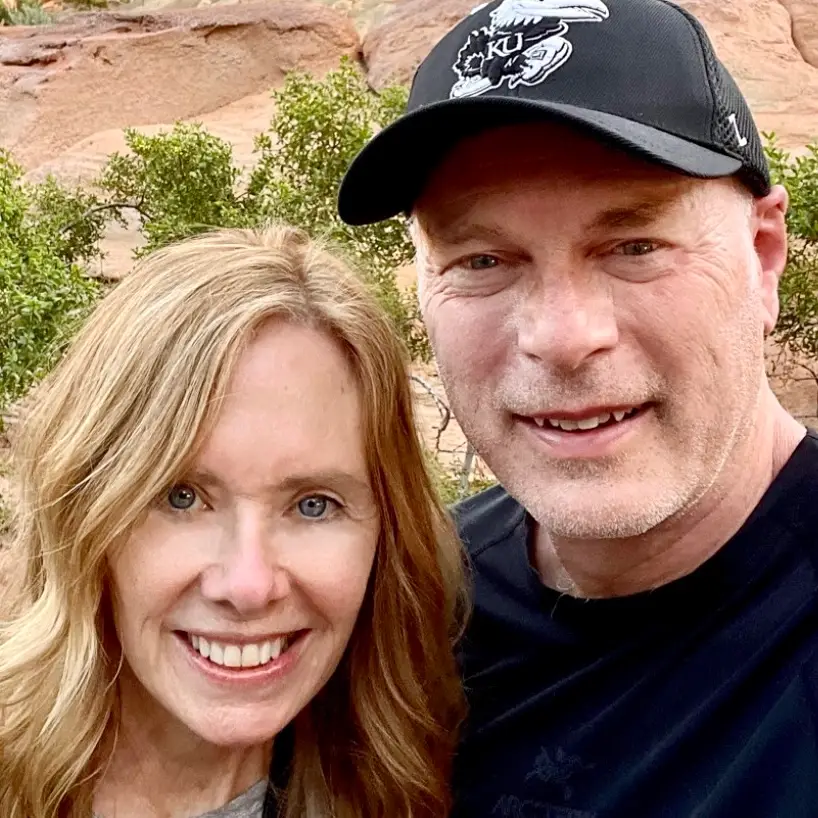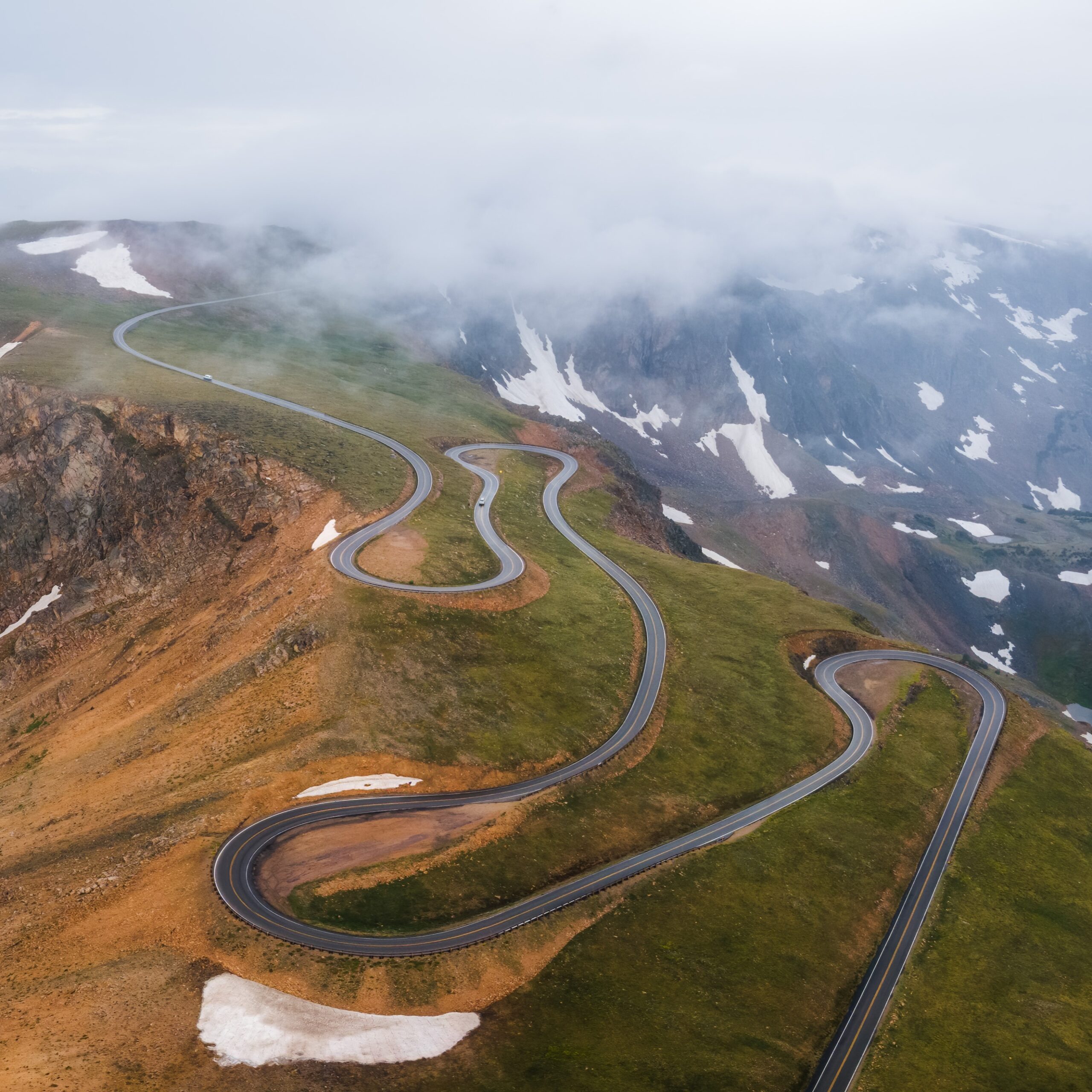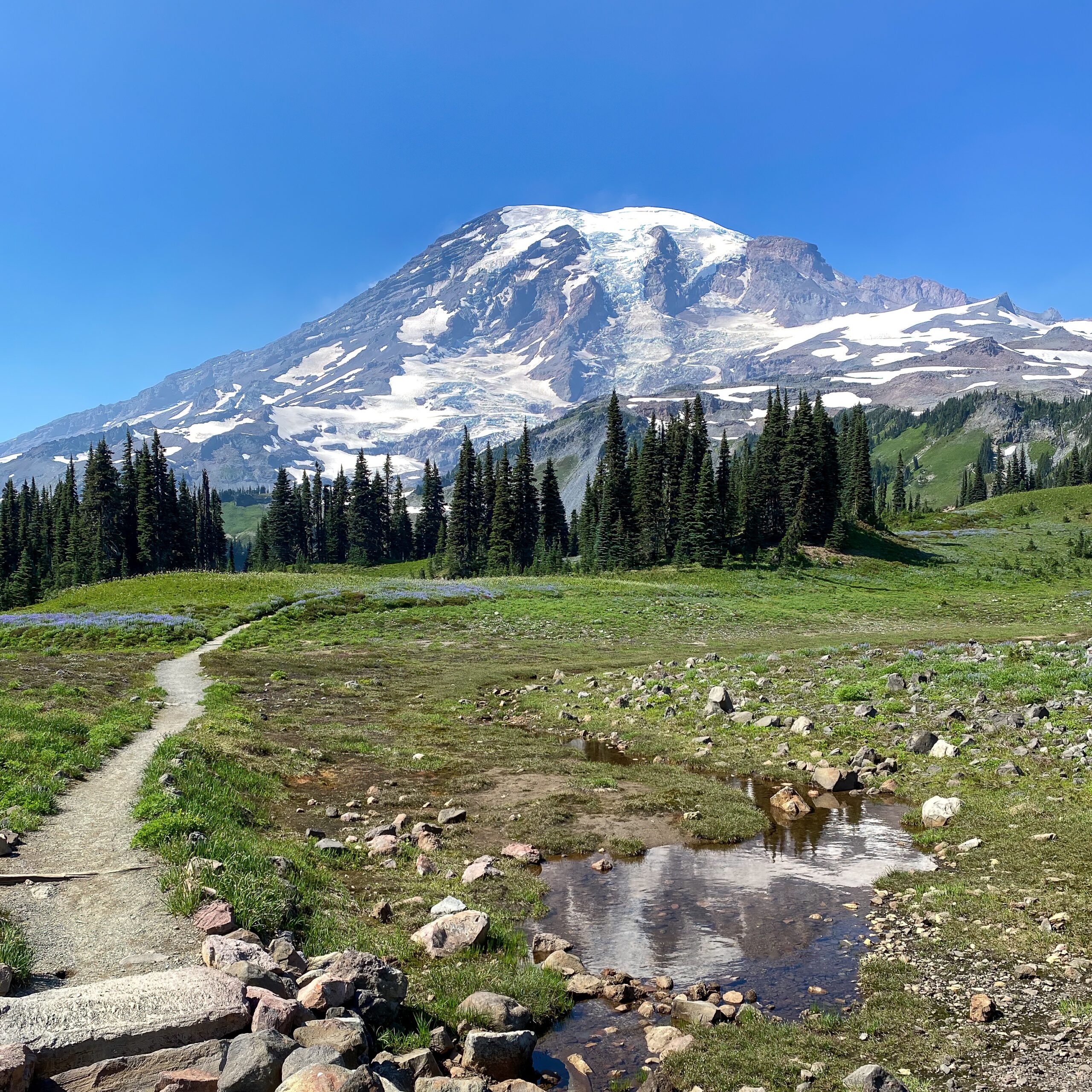On a recent trip through northern Wyoming and Montana, we had the chance to revisit one of our favorite drives in the country—the Beartooth Highway, a jaw-dropping, high-altitude route that connects the Montana towns of Red Lodge and Cooke City. We’d driven it before in midsummer, but this time, we caught it just two days after it opened for the season—still flanked by snowbanks and frozen alpine lakes.
This road truly earns its reputation as one of the most beautiful in America. In this post, we’re sharing everything you need to know about the drive: what to expect, when to go, and why it’s worth carving out time for—whether it’s a detour from Yellowstone or a destination in its own right.
What Is the Beartooth Highway?
The Beartooth Highway is a 68-mile stretch of U.S. Highway 212 that winds through some of the most rugged and wild landscapes in the lower 48. It starts in Red Lodge, Montana, and ends in Cooke City, Montana, though much of the drive runs through Wyoming, crossing inot three national forests—Custer, Shoshone, and Gallatin—along the way.
The road climbs from about 5,000 feet to nearly 11,000 feet at Beartooth Pass, earning it the nickname “the Highway to the Sky.” The views along the way are otherworldly—snow-capped peaks, turquoise alpine lakes, sweeping tundra, and distant ridgelines in every direction. It’s one of those rare drives where the journey itself is the activity.

When to Go
The Beartooth Highway is only open seasonally—typically from Memorial Day weekend through mid-October—and weather can be unpredictable even during those months. We’ve driven it in July, September, and now May, and each time offers a different experience.
On our most recent trip in late May, the road had just opened. There was still a ton of snow along the shoulders, the lakes were frozen over, and we even saw downhill some skiers at Beartooth Basin. If you want to hike or see the lakes fully thawed, you’ll want to wait until late June through early September.
A Bit of History
The Beartooth Highway wasn’t originally built for sightseeing. In the 1920s, both Red Lodge and Cooke City were mining towns—coal on one side, precious metals on the other. But there was no easy way to transport goods between them.
In the wake of the 1929 stock market crash, a new road was proposed as part of a national infrastructure program. Construction began in 1931 and, remarkably, was completed in just five years—on time and under budget. When the road opened in 1936, it drew visitors from as far away as California and Maine.
It’s since become a beloved route for travelers, earning the designation of All-American Road in 2002 for its historical and scenic significance.
Highlights Along the Way
Whether you’re starting in Red Lodge or Cooke City, the Beartooth Highway delivers unforgettable sights from beginning to end. A few highlights to look out for:
- Beartooth Pass: At nearly 11,000 feet, this is the highest point on the highway. There’s a parking area and summit sign where most travelers stop for a photo.
- Vista Point: Just past the summit (if driving west to east), this overlook offers panoramic views of the Beartooth Plateau. It’s a great turnaround spot if you’re doing an out-and-back drive from Yellowstone.
- Alpine Lakes: There are over 900 alpine lakes in this area, many visible from the road or accessible via short hikes.
- Wildflowers: In late June and July, the high-altitude meadows explode with color from wildflower blooms.
- Bear’s Tooth Spire: A rock formation that looks like—you guessed it—a bear’s tooth. Keep an eye out for a small roadside sign marking the viewpoint.
Towns on Either End
Red Lodge, Montana
A charming mountain town with Old West vibes, Red Lodge is a great place to stay before or after your drive. With a population of about 2,500, it offers restaurants, outdoor stores, a brewery, and boutique lodging. We love staying at the Alpine Inn—spotlessly clean, friendly owners, and a home-cooked breakfast to boot.
Cooke City, Montana
Tiny but scenic, Cooke City sits just outside Yellowstone’s northeast entrance. We’ve visited here in both summer and winter, and though it’s small (around 80 full-time residents), it has a few cozy cabins, local eateries, and easy access to Lamar Valley—one of Yellowstone’s best wildlife viewing spots.
Summer Skiing? Yep.
Just below the summit of Beartooth Pass sits Beartooth Basin, one of the country’s oldest alpine ski areas. It’s open only in summer, depending on snowpack, and caters to experienced skiers looking for steep terrain. There’s no lodge, no rentals—just a rope tow, a parking lot, and a whole lot of locals skiing, grilling, and dancing under the summer sun.
Hiking the Beartooth Plateau
If you’re looking to explore the backcountry, there are numerous trailheads along the highway. A favorite of ours is the Beartooth Lake Loop, an 8-mile hike with 1,000 feet of elevation gain. While the climb isn’t extreme, the altitude ranges from 8,900 to 9,900 feet—so you’ll feel it.
We crossed several creeks (some thigh-deep), encountered lingering snowfields, and relied heavily on GPS to stay on trail through unmarked granite slabs. But the views of the alpine lakes and surrounding granite hills made it all worth it—one of the most beautiful hikes we’ve ever done.
Camping
There are several first-come, first-served campgrounds along the route, including:
- Beartooth Lake
- Island Lake
- Crazy Creek
- Fox Creek
These make a great base for hiking, fishing, and stargazing under the high-altitude skies.
A Word on Wildlife
Although we didn’t spot much along the Beartooth Highway this time, the area is known for grizzly and black bears, elk, moose, bighorn sheep, and mountain goats. If you’re hiking or camping, carry bear spray and be wildlife-aware.
How Much Time to Budget
If you’re just driving straight through, the Beartooth Highway takes about 2 hours, but we recommend planning for at least 3–4 hours so you can stop at overlooks and soak in the views.
If you’re visiting Yellowstone, you can drive it as a day trip—out the northeast entrance through Lamar Valley, up to Vista Point, then turn around. Or, spend the night in Red Lodge and come back the next day, optionally adding the Chief Joseph Scenic Byway on the return trip to Cody.
Final Thoughts
The Beartooth Highway is one of those rare drives that stays with you long after you’ve left. It’s breathtaking, thrilling, and unlike any other road in the U.S. And when you pair it with a visit to Yellowstone, you’ve seen the very best of what this area of the country has to offer.



